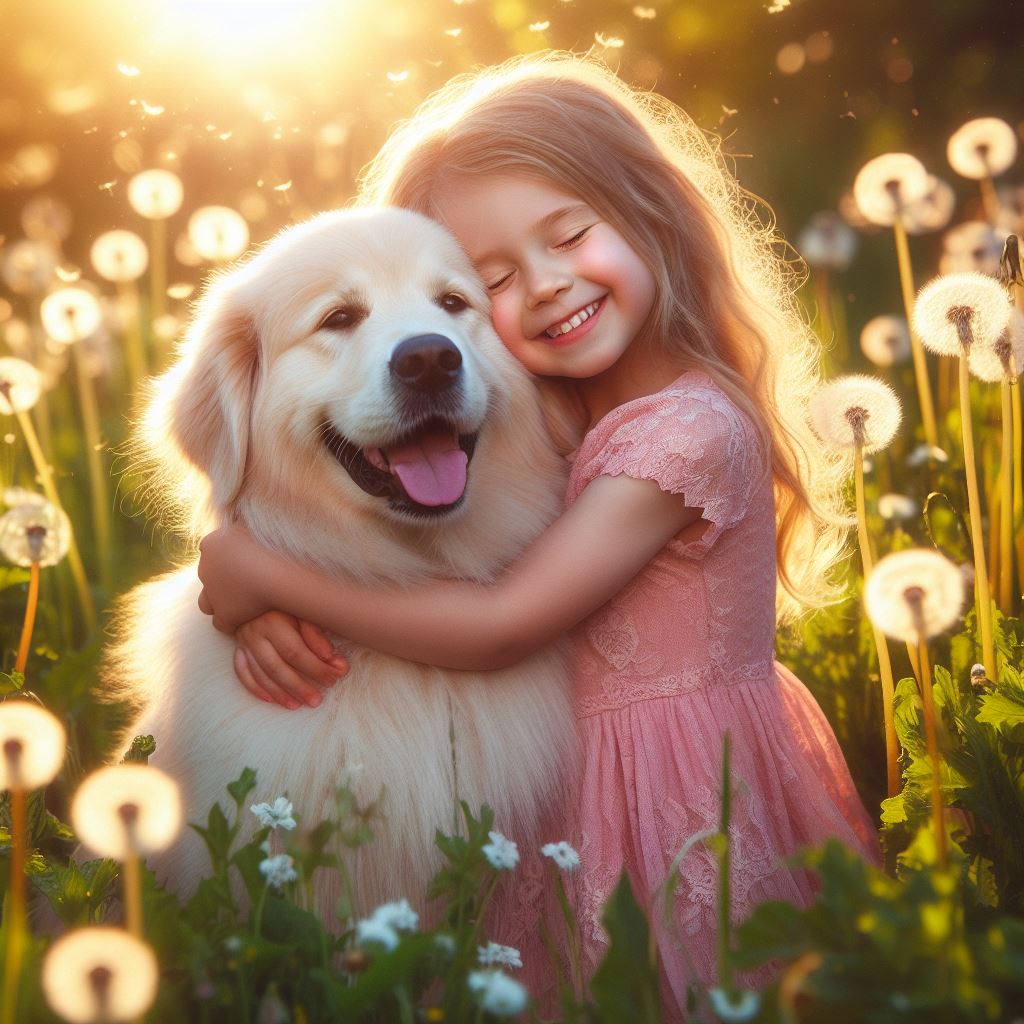
Dogs, often hailed as man’s best friend, communicate with us in various ways. The joy of deciphering their cues and signals, like unraveling a fascinating puzzle, is crucial for building a solid bond. It empowers us to ensure a harmonious relationship between humans and canines, sparking a sense of curiosity and motivation in us.
What is dog communication?
Dog communication encompasses many behaviors, including body language, vocalizations, and scent cues. Dogs use these forms of communication to express their emotions, needs, and intentions.
Understanding Dog Body Language
By deciphering what our furry friends are trying to tell us, we meet their needs and address their concerns. This mutual understanding, where both parties are actively involved, fosters trust and strengthens the bond between dogs and their human companions. It makes us feel valued and responsible for their well-being, enhancing our sense of connection and commitment.
Tail wagging: more than just happiness
While a wagging tail is often associated with happiness, the wag’s speed, direction, and height can convey different messages. A low, slow wag may indicate uncertainty or submission, while a high, fast wag could signal excitement or agitation.
Ear position: a window to their emotions
Dogs’ ears are incredibly expressive and can indicate their mood. Erect ears may suggest alertness or curiosity, while flattened ears could signal fear or aggression.
Eye contact: communication or challenge?
Eye contact is another important aspect of dog communication. Direct eye contact can be seen as a challenge or a sign of trust, depending on the context and the dog’s temperament.
Posture and stance: signs of confidence or fear
A dog’s posture can reveal a lot about how they’re feeling. A relaxed, open stance indicates confidence and comfort, while a tense or crouched posture may suggest fear or anxiety.
Different types of barks and their meanings
Barks come in various pitches, durations, and frequencies, each serving a different purpose. From alerting to playfulness, understanding the nuances of barking can help us respond appropriately to our dogs’ needs.
The significance of whines and how dogs use them
Whining is often a form of communication dogs use to express discomfort, anxiety, or a desire for attention. We can better address our dogs’ needs by paying attention to the context in which whining occurs.
Understanding growls: warning signals or playful noises?
Growling is a natural behavior for dogs and can serve as a warning signal or a playful expression. Context is critical when interpreting growls, as they can indicate anything from fear to excitement.
Reading cues during playtime
During play, dogs may exhibit exaggerated movements and vocalizations that can be misinterpreted as aggression. Understanding the difference between play and natural aggression is essential for fostering positive interactions.
Deciphering signals during greetings
Greeting behavior can be complex for dogs, involving body language and vocalizations. Recognizing signs of friendliness, nervousness, or tension can prevent misunderstandings and conflicts.
Recognizing signs of discomfort or stress
Dogs may display subtle signs of discomfort or stress, such as lip licking, yawning, or avoidance behaviors. Recognizing these cues allows us to adjust our interactions to make our dogs feel more comfortable and secure.
Myth: A wagging tail always means a happy dog
While tail wagging is often associated with happiness, it can also indicate other emotions, such as anxiety or insecurity. The context and other body language cues are essential when interpreting tail wagging.
Misunderstanding aggressive behavior
Aggressive behavior in dogs is often misunderstood, leading to unnecessary fear or punishment. Aggression can stem from fear, territoriality, or resource guarding, and addressing the underlying cause is vital to managing it effectively.
Ignoring subtle cues: the dangers of miscommunication
Dogs communicate primarily through body language, and subtle cues can convey much information about their emotional state. Ignoring or misinterpreting these cues can lead to misunderstandings and potentially dangerous situations.
Pay attention to body language cues
Learn to recognize the subtle signals that your dog uses to communicate its emotions and intentions. You can better understand its needs and respond accordingly by paying attention to its body language.
Establish clear communication through training.
Training is an excellent way to establish clear communication between you and your dog. Use positive reinforcement techniques to teach commands and behaviors, fostering mutual understanding and trust.
Build trust and understanding through positive interactions.
Create opportunities for positive interactions with your dog, such as playtime, training sessions, and bonding activities. Building a solid foundation of trust and understanding through these interactions will not only strengthen your relationship but also improve communication. This gives you hope and motivation for a better connection with your pet, instilling a sense of optimism and enthusiasm.
Conclusion
In conclusion, understanding what our dogs are trying to tell us is essential for building a solid and fulfilling relationship. We can better meet their needs by paying attention to their body language, vocalizations, and situational cues and ensuring a harmonious coexistence.
FAQs:
- How can I tell if my dog is happy?
- Look for signs such as relaxed body language, a wagging tail, and a relaxed facial expression.
- What should I do if my dog growls at me?
- Assess the situation and try to determine the cause of the growling. Avoid punishing your dog and seek professional guidance if necessary.
- Why does my dog whine when I leave the house?
- Separation anxiety or loneliness could be causing your dog to whine when


